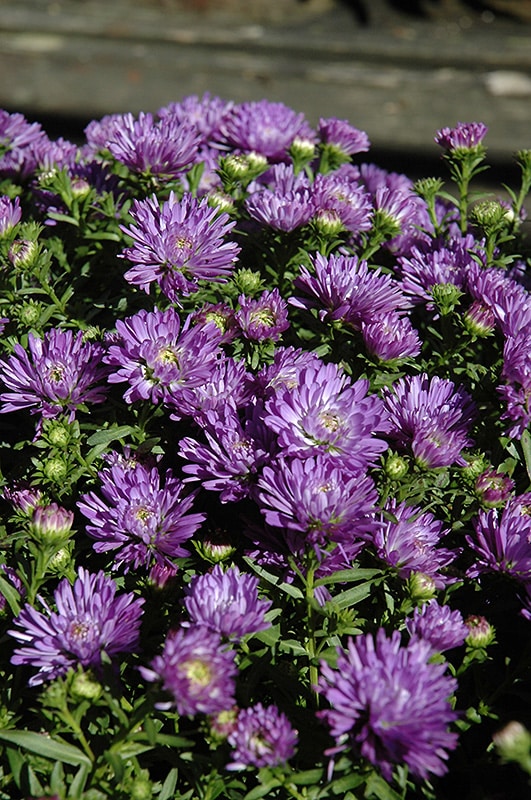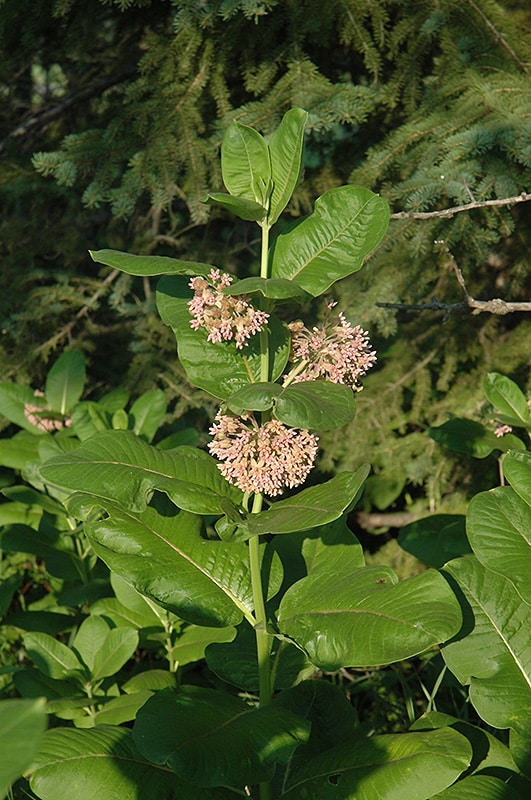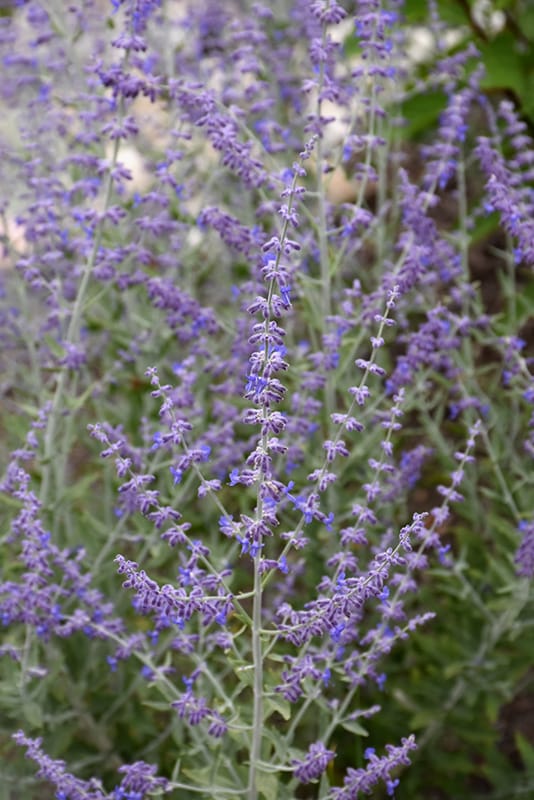Perennial Gardening Month and National Pollinator Week
Ahhh, June. This month has a few different meanings to us. First, we have made it the halfway point of the year (also we are past the half that has the cold dreary weather and short days). Second, it means summer is unofficially here. We can take a minute to slow down and enjoy a slower pace for a couple months before fall.
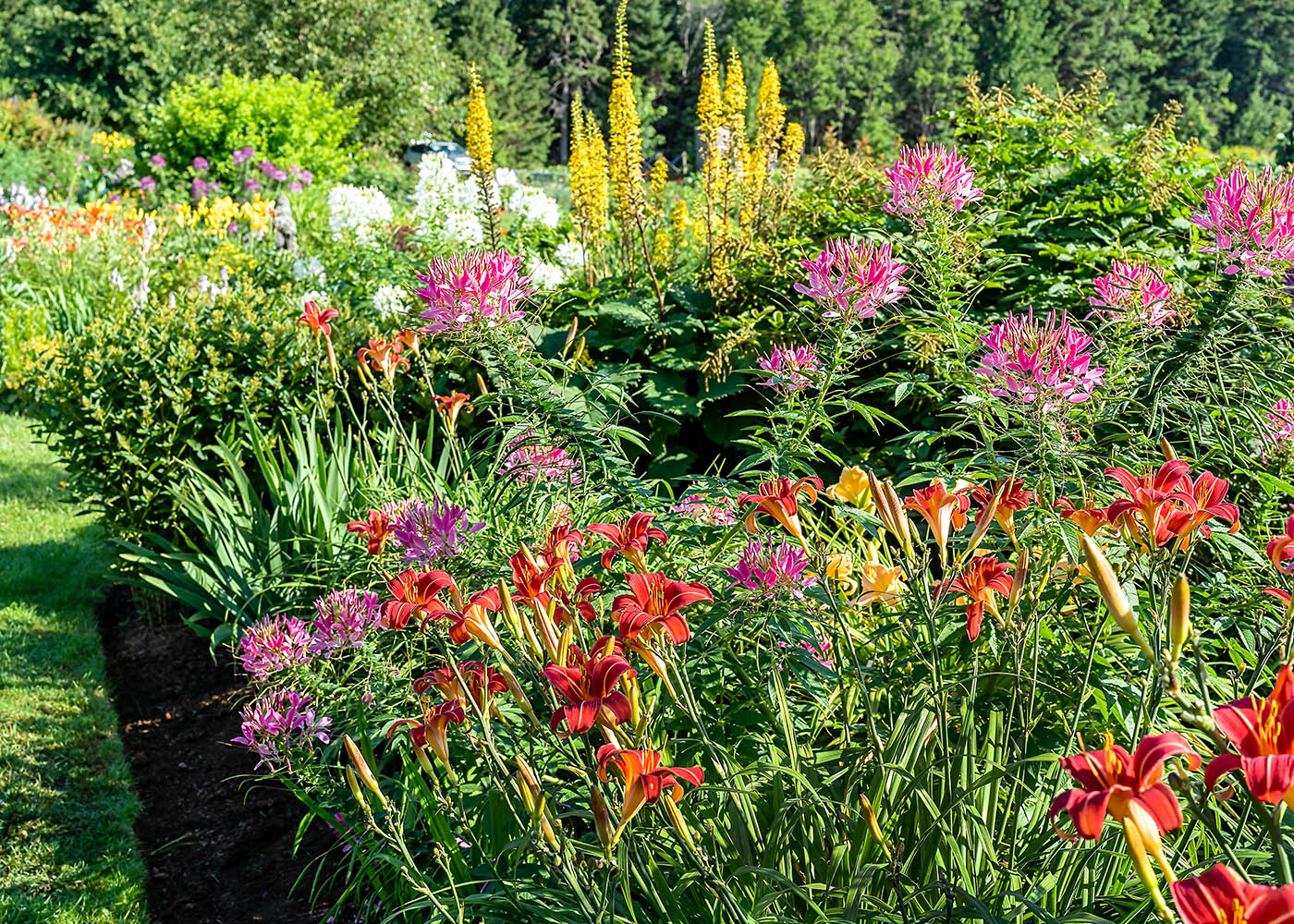
At the garden center, we can catch our breath after the hectic pace of May, but that doesn’t mean planting season is over! Many view Memorial Day as the ultimate safe time to plant annuals. Danger of frost has passed, soil temperatures are warm and everything is actively growing – so get out there and grow something beautiful!
Perennial Garden Month
Did you know June has been designated Perennial Gardening Month by the Perennial Plant Association? This month was chosen for the abundance of perennials that bloom in June. Some perennials flower for only a short time and others flower for a month or longer but they all grace you with their presence year after year.
It’s important to choose the right plant for the right location. Sun loving plants won’t thrive in the shade and shade loving plants can get scorched in the sun. But don’t worry – we can help you pick the perfect plant! At Strader’s, we also grow most of our own perennials and purchase the rest locally in Ohio.
Where to plant perennials in your garden
You have lots of options for all areas of your garden, including:
- Full or partial sun – few of our favorite sun-loving perennials are Coneflower, Catmint, Salvia and Sedum
- Container gardens are good for starting perennials you can then transfer to the in-ground garden bed later in the season
- Shady areas – topping our list for shade or part shade are the lovely Hostas, Heucheras, Astilbe and Ferns
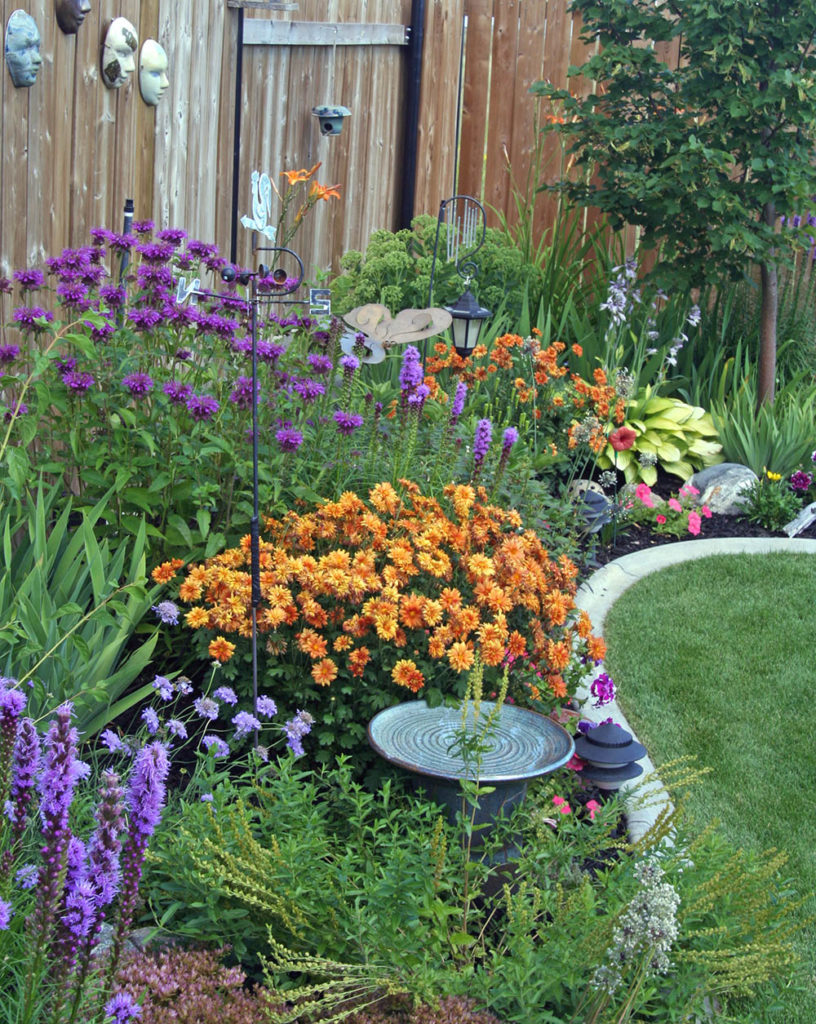
You can also choose between flowering perennials, colored foliage perennials – or combinations of both. Remember good soil is the key to success so start with the 2 B’s (Bumper Crop and Biotone) for best success.
Another consideration is height. Tall plants are great along fences and toward the back of the garden, or near the house in the front yard with mid-height plants around the tallest ones. Low-growing flowering perennial plants are great as ground-cover, but if they’re next to the lawn, be extra careful spreading weed killer on the lawn because it will also kill your perennials!
National Pollinator Week
Did you know June 21 through June 27 is National Pollinator Week? It’s a week dedicated to spreading the word about nature’s pollinators and what we can all do to protect them.
Every garden needs pollinators, and bees are the masters of pollination! Without bees, flowers would be very limited, fruit would have a very difficult time growing and vegetables would be hard to come by. Pretty important stuff, right? Pollinators are mainly bugs and bees (and also birds) that travel around from plant to plant carrying pollen… which equals food!
Unfortunately, pollinator populations are declining year after year for various reasons. A primary reason is the loss of feeding habitats due to land development. But YOU can help this by planting a pollinator garden or creating a nesting habitat in your backyard or near a community garden. A group of plants with different bloom times to provide food throughout the entire growing season and a variety of flowers and colors make up an easy pollinator garden.
Misuse, overuse and excessive use of pesticides and herbicides have also contributed to the decline of our pollinator population. Try our Bee Safe 3-in-1 insect/disease/mite spray the next time one of your flowering plants needs treated for a problem. It’s not always a bad thing to leave clover in the lawn (bees actually love this). Just some food for thought (pun intended)!
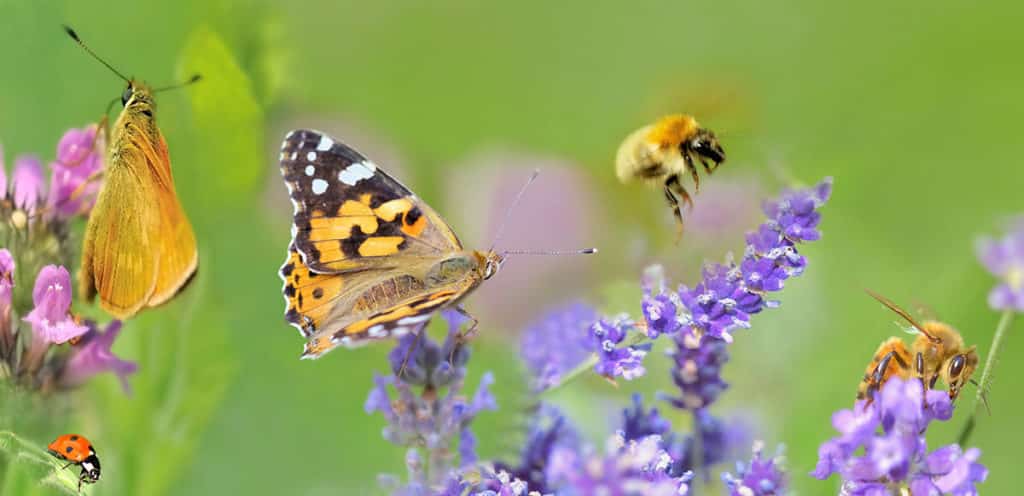
Plants for pollinators
Two of the more common bees in Ohio are the honey bee and bumble bee. Surely you’ve seen them around. You can plant flowers that attract bees so they can do their work more efficiently, especially if you’re growing fruit or veggies. Plants that attract bees include Aster, Milkweed, Purple Coneflower and Russian Sage. These and more are usually in stock at Strader’s. For more ideas, check out our Plant Finder.
During National Pollinator Week, take a look at your yard and see if there are ways you can help bees do their work. We can all do our part for the bee population in Ohio!
Fear of bees?
Don’t feel bad if you’re uncomfortable, or even frightened of bees. It’s understandable, especially for those who are allergic to bee stings. Repelling or relocating bees is not difficult with a little planning. For example, planting your flowering bushes and trees away from the house keeps them from bothering you, and placing repellants near the house – citronella, citrus or peppermint – keeps you and your family safe.
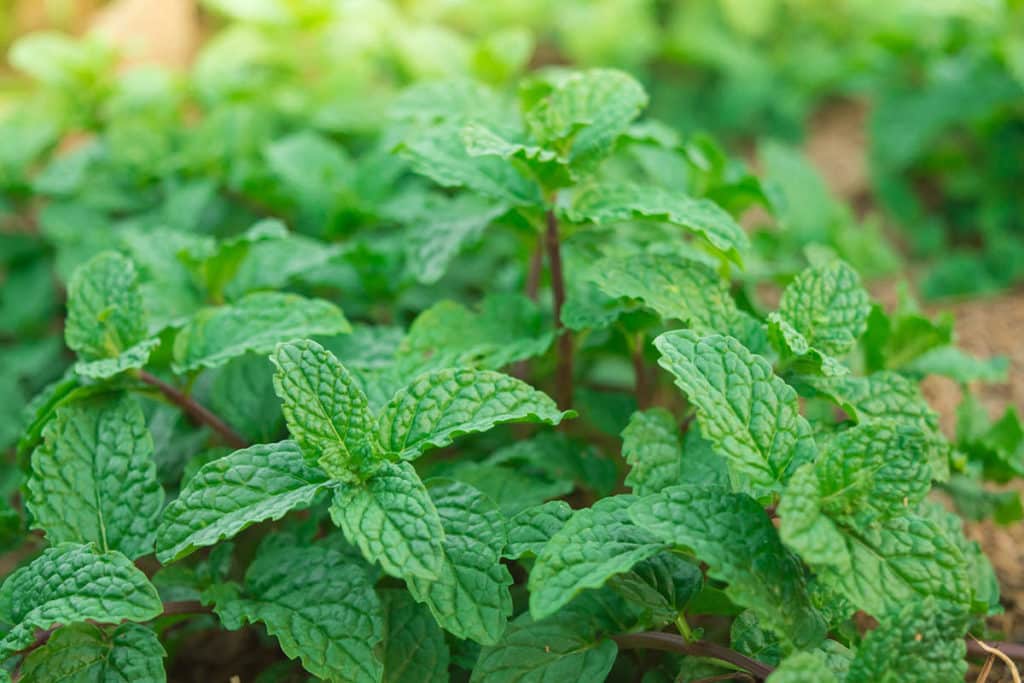
Come into Strader’s and get more ideas from our beautiful selection. Our stores smell SO good right now! And if you need help, we’re happy to answer questions.












